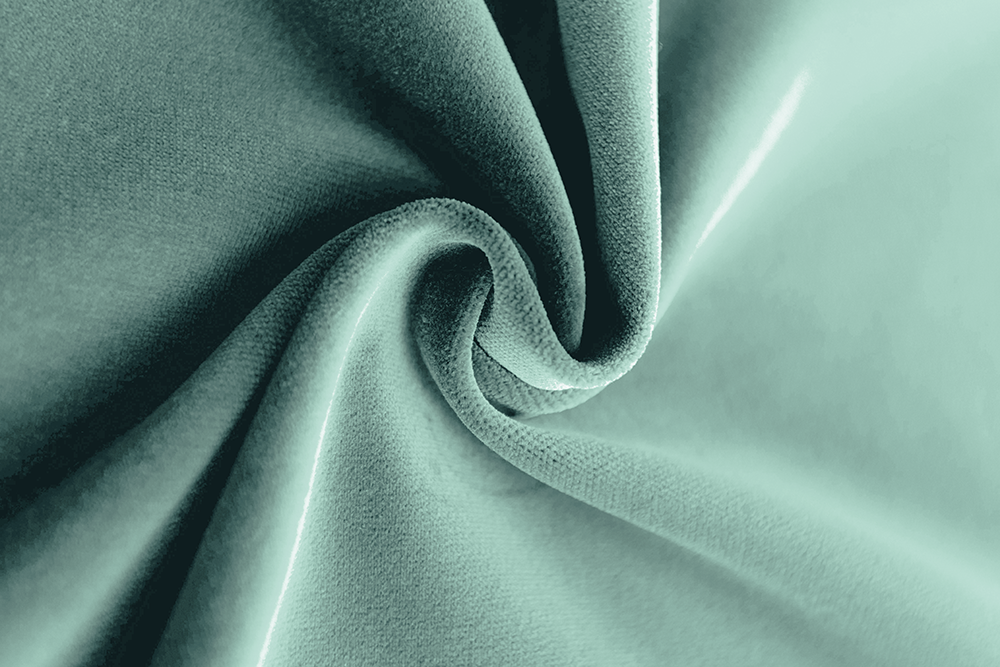An essential guide to understanding the differences between two of the most widely used fabrics in interior design.
The world of home decor offers a wide range of exquisite fabrics, and among the most beloved and sought after is Velvet. This luxurious fabric is known for its elegance and softness and is perfect for dressing up sofas, armchairs, curtains, cushions, and textile decoration.
But what exactly is velvet? How can you recognize it? And what is the difference between velvet and chenille? Let's discover together.

What is Velvet?
Velvet is a fabric with a pile, a precious fabric known for its soft and velvety surface, which makes it extremely pleasant to the touch. The finest velvet is made from high-quality natural fibers such as silk, cotton, linen, and wool and is characterized by a short and dense pile. This fabric is often associated with elegance and luxury and is an ideal choice for interior decor.
How to Recognize Velvet?
Recognizing velvet is relatively simple, thanks to its distinctive characteristics:

Difference Between Velvet and Chenille
Chenille is a fabric that shares similarities with velvet but is made with a different base textile structure and different yarns. Velvet and chenille are often confused due to their similarities, and sometimes chenilles are mistakenly referred to as velvets, but there are key differences between the two fabrics. Let's explore them together.
The Treccani encyclopedia defines chenille as follows: "It is a weft thread with pile, resembling a caterpillar, hence the name. It is obtained from a special fabric, which, when removed from the loom, is cut lengthwise into strips; it is precisely these strips that are called chenille weft. The chenille weft can be of a solid color or multicolored, arranged to form a specific design. Chenille weft is usually inserted into fabric on a common warp yarn, and the resulting fabric has a velvety appearance and is called chenille velvet."
From this description, it is clear that chenille is a yarn used in weaving as weft to create fabrics with a "velvet-like" appearance. Velvet, on the other hand, is a specific type of fabric, a pile fabric, and the result of a specific weaving technique using specialized looms.
As we have seen, among the specific characteristics of velvet is its ability to reflect light differently and uniquely compared to all other fabrics, creating a luminous and rich appearance. Chenille fabric, on the other hand, completely lacks this depth and the luxurious feel of velvet.
In conclusion, velvet is a precious fabric that brings elegance and luxury to interior furnishings. Its velvety surface, short and dense pile, and ability to vividly reflect colors make it the perfect choice for those seeking a sophisticated look.
However, it is essential always to distinguish between Velvet and Chenille because the differences are significant in composition, appearance, and especially in the finished product's appearance.
For more in-depth information about Velvet, please visit:
https://lopificio.it/en/blog/the-cotton-velvet
https://lopificio.it/en/blog/the-magic-of-the-kid-mohair-velvet
https://lopificio.it/en/blog/lets-talk-about-linen-velvet
